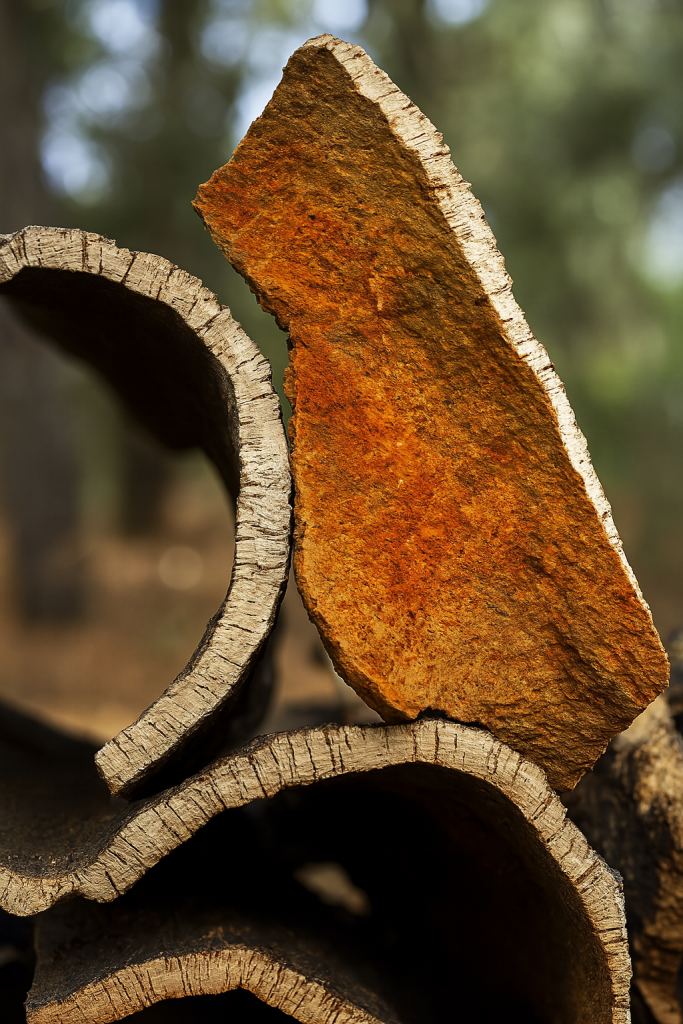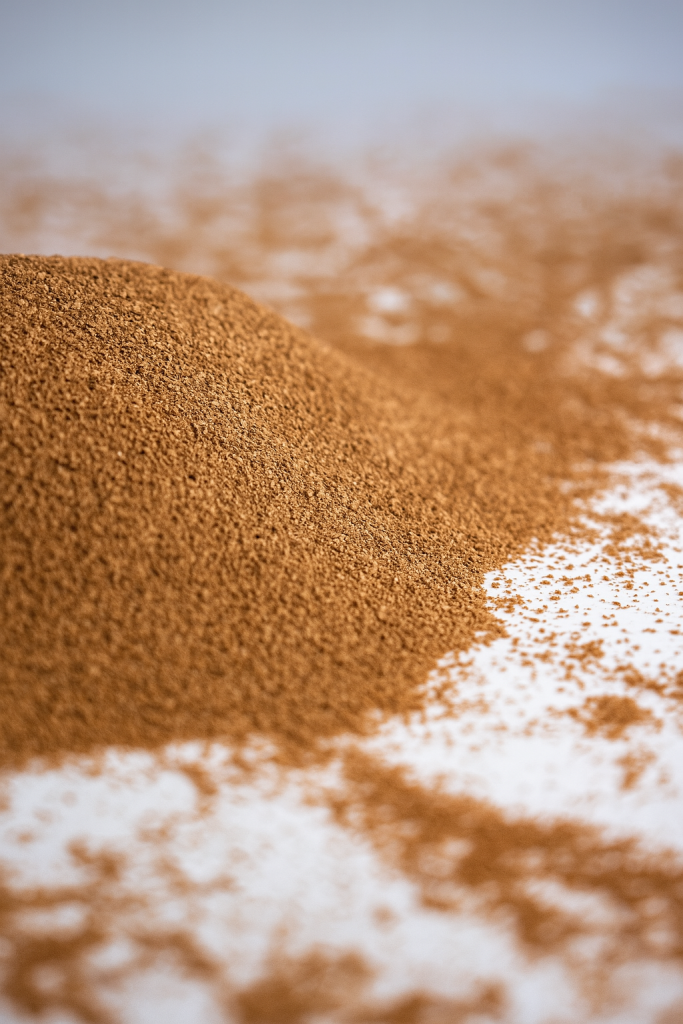The Cork
The Cork Oak
(Quercus suber L.)
The cork oak (Quercus suber L.) is an ancient tree that plays a fundamental role in generating biodiversity. Its extraordinary ability to capture CO₂ makes it a symbol of sustainability and a powerful ally in the fight against climate change.Every nine years, the cork oak can be harvested without cutting it down or damaging it. Cork is extracted from its bark, a 100% natural, technological, and renewable raw material with unique properties that make it indispensable in many industries. Its versatility and sustainability make it one of the most extraordinary materials that nature has to offer.

Every 9 years, a new
story begins.
After 25 years of growth, the cork oak is ready for its first cork harvest. From then on, the tree can be harvested every nine years, during the months of May to August, when it is in its most active growth phase and the cork can be removed more easily.Cork harvesting is an ancient craft that has been passed down from generation to generation. It requires skill, experience, and in-depth knowledge, as only expert hands can perform it without damaging the tree. This delicate balance between technique and respect for nature keeps the cork oak alive and productive for centuries.
The
transformation
of cork
Through a mechanical process that includes grinding, particle size classification, cleaning, and moisture leveling, a selection of high-quality cork particles is obtained, ready for various industrial and construction applications. Cork is a unique material: elastic, resistant, insulating, and durable. Its versatility, sustainability, and natural beauty make it an ideal solution for meeting the challenges of architecture and modern life, while respecting the environment. The solutions we develop with cork make the most of these qualities, inspiring our customers around the world to build in a smarter, more efficient, and more environmentally friendly way.

Properties of cork

Thermal isulation
The air trapped in its cells
makes cork a highly efficient
thermal insulator, with low
conductivity and excellent
performance across different
temperature ranges.

Acoustic isulation
Thanks to its cellular
structure, cork effectively
blocks noise and vibrations.
Its sealed, moisture-resistant
compartments make it an
unparalleled natural
insulator.

Fire and high
temperature resistance
Cork is a natural fire
retardant, it does not ignite
or release toxic gases
during combustion

Impermeable to
liquids and gases
Lightness and buoyancy


